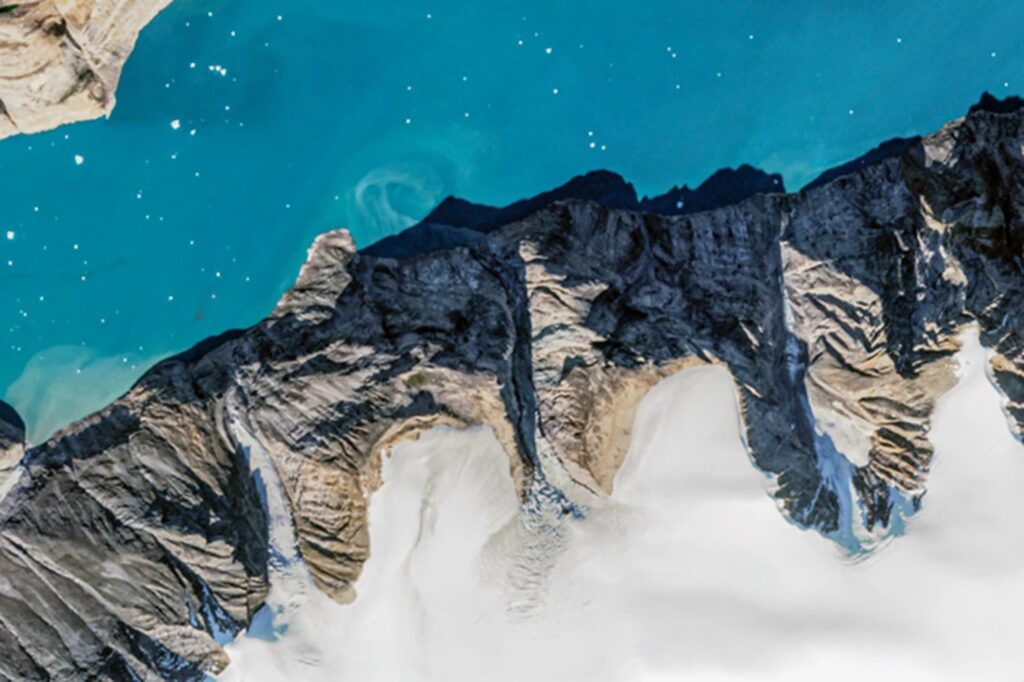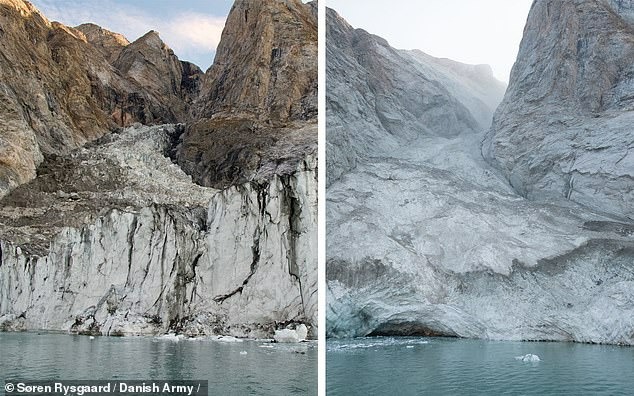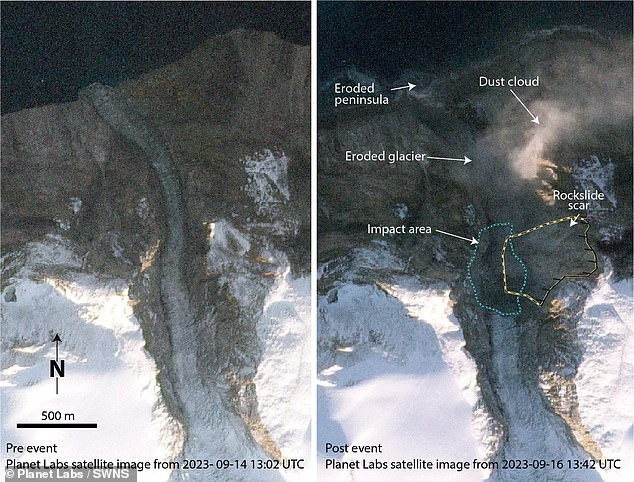
In a startling discovery that underscores the devastating consequences of climate change, scientists have uncovered evidence of a colossal tsunami that struck Greenland’s Dickson Fjord last year. The wave, estimated to have reached an astonishing height of 650 feet, was the result of a series of catastrophic events triggered by rising temperatures.
The Mysterious Seismic Signal
Last September, seismologists around the world were puzzled by a strange, persistent hum emanating from Greenland. This unusual seismic signal, unlike anything they had ever encountered, lasted for an extraordinary nine days.

A Devastating Discovery
Investigations into the source of the seismic activity led to a shocking revelation. A remote island in Greenland’s fjords, Ella Island, had been completely destroyed by a massive tsunami. The wave, which left a watermark nearly 650 feet high, was the result of a cascading series of events triggered by climate change.

The Climate Change Connection
The initial catalyst for the disaster was the collapse of a glacier tongue due to rising temperatures. This destabilized a steep mountainside, causing a massive rock and ice avalanche to plunge into the fjord. The impact of the avalanche displaced a colossal volume of water, generating the towering tsunami.

A Seiche of Epic Proportions
The tsunami waves, some as tall as the Statue of Liberty, surged up the steep rock walls of the fjord. The narrow, confined space of the fjord caused the waves to bounce back and forth, creating a phenomenon known as a seiche. This seiche, which lasted for an unprecedented nine days, was the longest ever observed.

The Growing Threat of Tsunami Risk
The findings of this study highlight the increasing risk of tsunamis caused by landslides in the Arctic and subarctic regions. As climate change accelerates, the frequency and severity of such events are likely to increase.
The Greenland fjord tsunami serves as a stark reminder of the devastating consequences of climate change. As the Arctic continues to warm at an alarming rate, the potential for catastrophic events like this is growing. It is imperative that we take immediate action to mitigate the effects of climate change and protect vulnerable coastal communities.

Leave a Reply